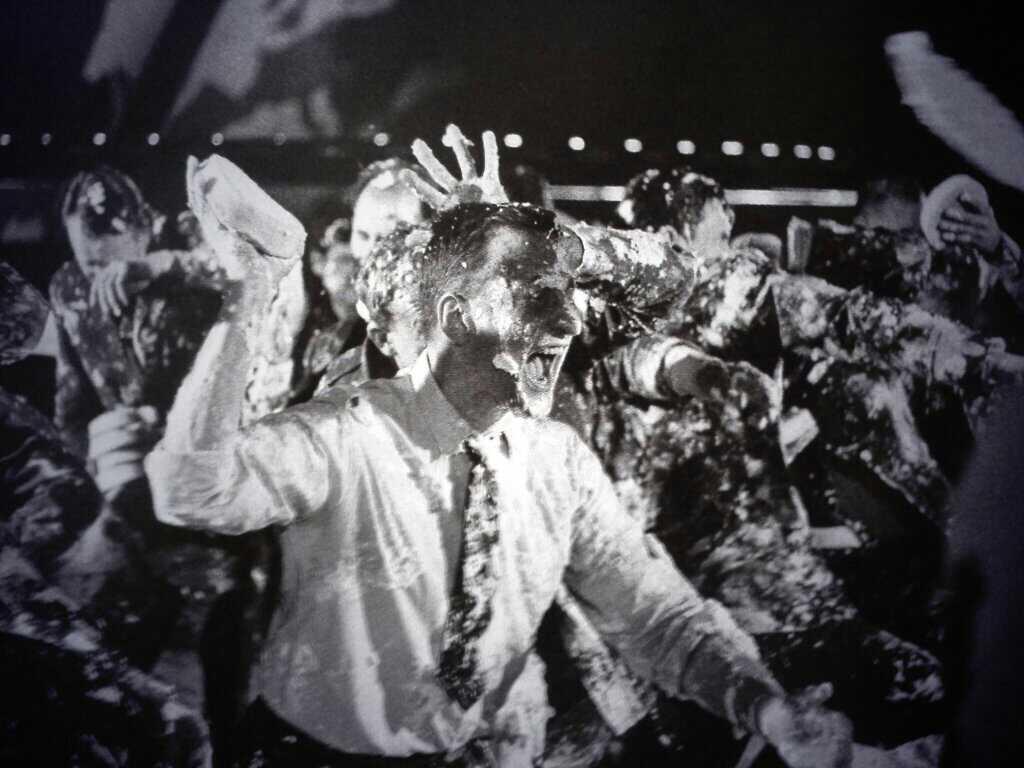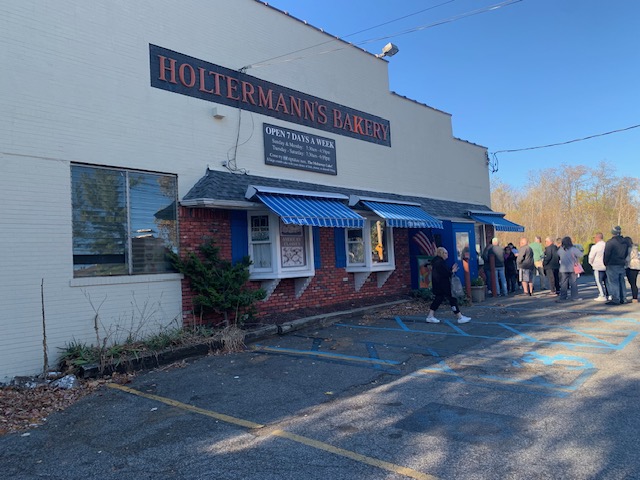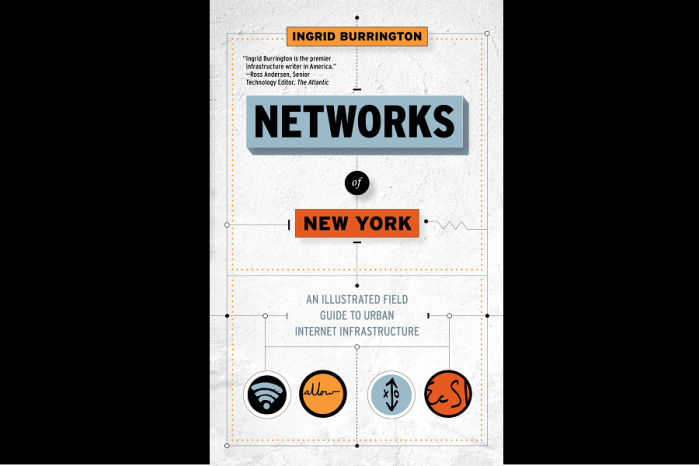Ninety percent of American films made before 1929 are considered lost. And that’s just from the infancy of the medium. That doesn’t mean they’ll never be seen. Movies that have been misplaced or simply forgotten turn up now and then, sometimes in the oddest places. The almost-complete version of “Metropolis” popped up in an Argentine archive. Orson Welles’ “Too Much Johnson,” a short made a few years before “Citizen Kane,” wound up sitting in an Italian warehouse. A Technicolor Three Stooges film, “Hello Pop!,” was discovered in a garden shed in Sydney, Australia. That’s still a pittance compared to the films that are currently AWOL — and not just from America or from Hollywood. This is the subject of “In Search of Lost Films,” a new book by film critic and writer Phil Hall. His seventh tome, it provides a wealth of information on films high and low, from Hollywood to abroad. He includes speculation about the 1921 Marx Brothers short, “Humor Risk,” which some say was suppressed by the Marxes themselves and others say is simply missing. He tries to get to the bottom of the work of ’50s trash auteur Phil Tucker, he of “Robot Monster” infamy, whose filmography includes one, maybe two significant gaps. He even includes major films missing major sections, including Welles’ “The Magnificent Ambersons” and an extra hour of Stanley Kramer’s already elephantine super-comedy “It’s a Mad, Mad, Mad, Mad World.” Tell me about why you chose this subject. Being a lover of old movies means you inevitably suffer the heartbreak of learning about all the films you physically can’t see because they’re currently lost, perhaps forever. RELATED: Interview: John Waters on “Multiple Maniacs” and that time he enraged Elizabeth Taylor The range of films you focus on is wide. You don’t just focus on the most famous type of lost films: the silent film. And you’re focusing on non-Hollywood films, low-budget films, historical documents. One thing of which there’s not enough knowledge is films from overseas. Writing about films that are lost could be difficult, since you can’t watch them. But you seem to have found a wealth of material, mostly from old periodicals, like Variety, The New York Times and various period film journals. You do focus on how, in most cases, we can’t see what films used to look like originally. Nitrate films are hard to come by, and that looks nothing like the prints of old movies that circulate today. One important part of film preservation is that we don’t currently know a long-lasting way to preserve films digitally. Technology changes, and films stored in one kind of file might not be playable even a few years after they were made. That means films made today that exist only digitally could conceivably be lost very soon. Another problem is with streaming. When Netflix first blew up, it was a by-disc service, and they had a huge library. Now we’re at the whims of whatever’s on streaming, and people just wind up watching whatever’s there. There aren’t that many classic films on Netflix Instant, for instance, and that means perhaps something as huge as “Casablanca,” which is not part of any of the big streaming services, could wind up fading in legend.
There hasn’t been any new books about lost films for a while. The last truly great book on the subject, I think, was Frank Thompson’s “Lost Films,” which was in 1996. Since that time two or three films he cited in his book have been rediscovered. In the past few years there’s been news of films being found. It was a good time to get a new book out on the subject, bringing in the updated news that’s happened.
One of the stumbling blocks in writing about old movies is there are so many creative artists, both directors and actors, who have holes in their work. You can’t truly appreciate the full canon when you have films missing. It can be Hitchcock, whose film “The Mountain Eagle” is gone, or somebody like Oscar Micheaux. Almost all of his silent and sound work is gone.
One thing I’ve always found strange with any focus on lost films is that almost all of the focus is on the silent era. Maybe they’ll throw in “Convention City” or “The Rogue Song.” But there’s a lot of sound films that are lost as well. And not just full films. There’s the four-hour version of “It’s a Mad, Mad, Mad, Mad World” or the pie fight that was supposed to be the ending of “Dr. Strangelove.” These are sections of classics that would have changed the texture of the films dramatically. And we have no way of accessing them.
I was in touch with South Africa’s national film archives. They gave me a whole run-down of films from the silent and sound eras, which were missing. I had to go through a variety of sources to go through Asian, Australian, New Zealand, Indian films, because I’m admittedly not an expert on those parts of film history, just to see what was lost. You go country-by-country and so much is missing. It’s really astonishing. No one’s stopped and realized that so much of the global cinematic heritage is gone. Most of Korea’s early films are gone, most of Japan’s pre-World War II films are gone. Everything made in Indonesia prior to 1950 doesn’t exist. Even as late as the ’60s and ’70s, when the Khmer Rouge came into Cambodia, that country had a vibrant film industry. And the Khmer Rouge destroyed almost everything.
That’s the beauty of print versus digital: Unless someone threw out the newspaper or magazine, they were preserved in a library or an archive — as opposed to a website that can just go offline, and you lose everything forever. Finding the information on the films was not difficult. The challenge was to determine what to put in and what not to put in. I could still be writing this book now. The book was a year past delivery date because the research kept getting more and more voluminous over time. The loss over the decades is so staggering that eventually I just had to call it quits, because it became a very depressing subject.
Going back to the early days of cinema, Edison and his bunch made paper prints, which were deposited in the Library of Congress. That’s why a large number of films from the 1890s and early 1900s survived, as opposed to the 1920s, when they were only on celluloid. They were able to transfer it back from paper to film. But the picture quality deteriorated. When you look at something like “The Great Train Robbery” today, it doesn’t look all that great. But it was projected on nitrate celluloid film, so it looked beautiful on the screen. That’s why movies became so popular so quickly: because the nitrate films looked glorious. Unfortunately no one learned how to store them properly, which is why so many of them have vanished.
We’ve already seen that happen with films that only exist on VHS. The original 35mm of 16mm versions have deteriorated or disappeared. They stopped making VCRs, so in 10 or 20 years you won’t be able to play one of those tapes unless you have one of the old machines from the ’80s or ’90s.
As time goes by there seems to be less and less focus on film history. I worked in an office with two people in their 20s. I wanted to tell them a story a friend told me about meeting Robert Mitchum during the press junket for “Ryan’s Daughter.” I had to stop the story because they had no idea what I was talking about. They had never heard of Robert Mitchum, they had never heard of “Ryan’s Daughter.” That’s what you’re dealing with.
A new book looks at films that have vanished from view

BFI
Follow Matt Prigge on Twitter @mattprigge
























